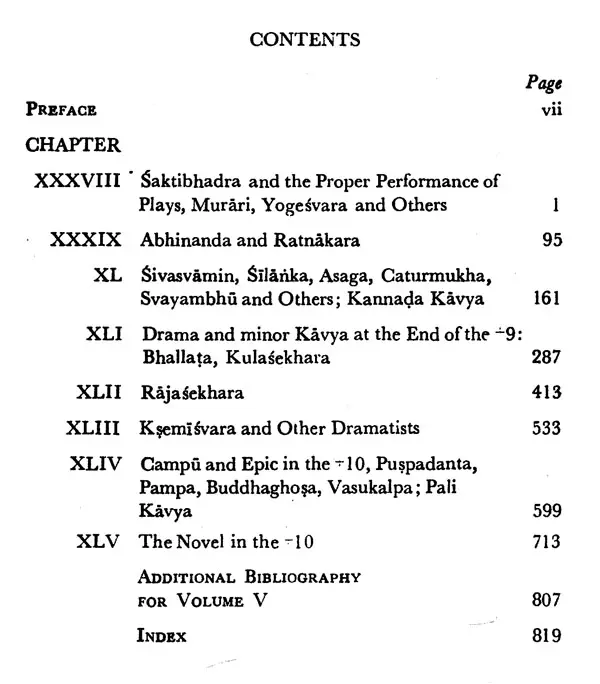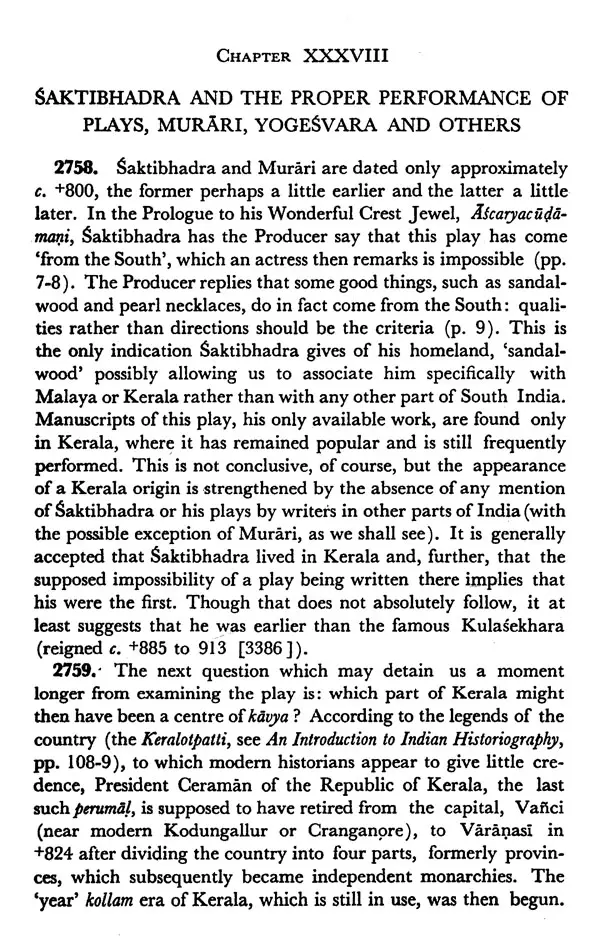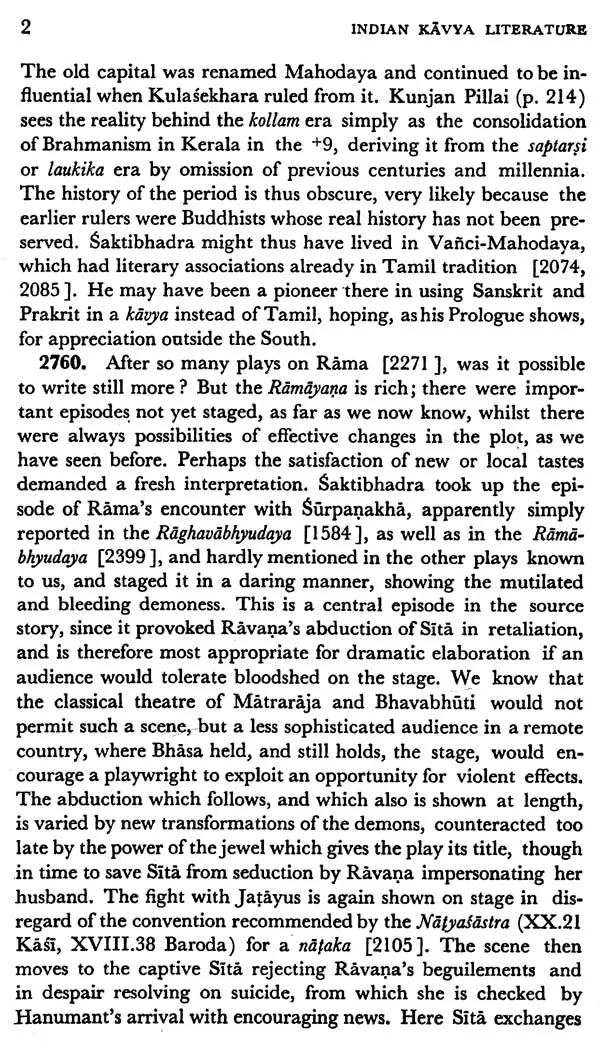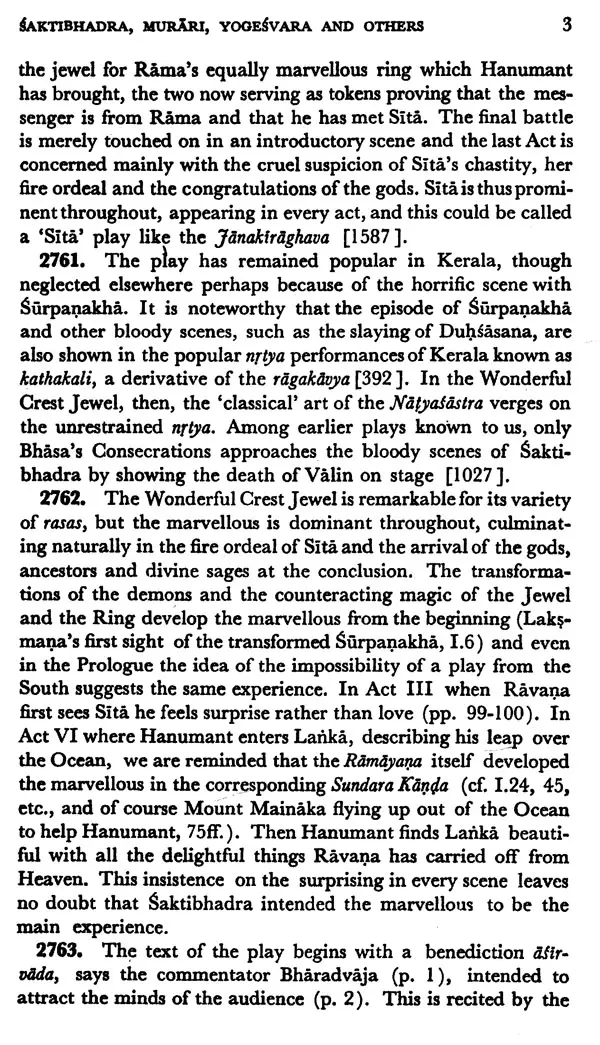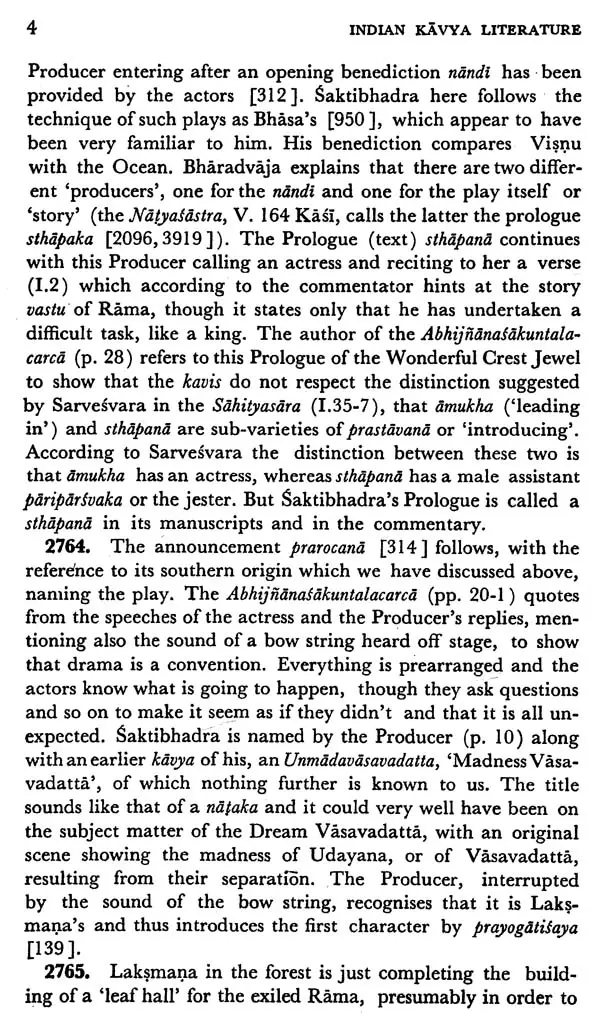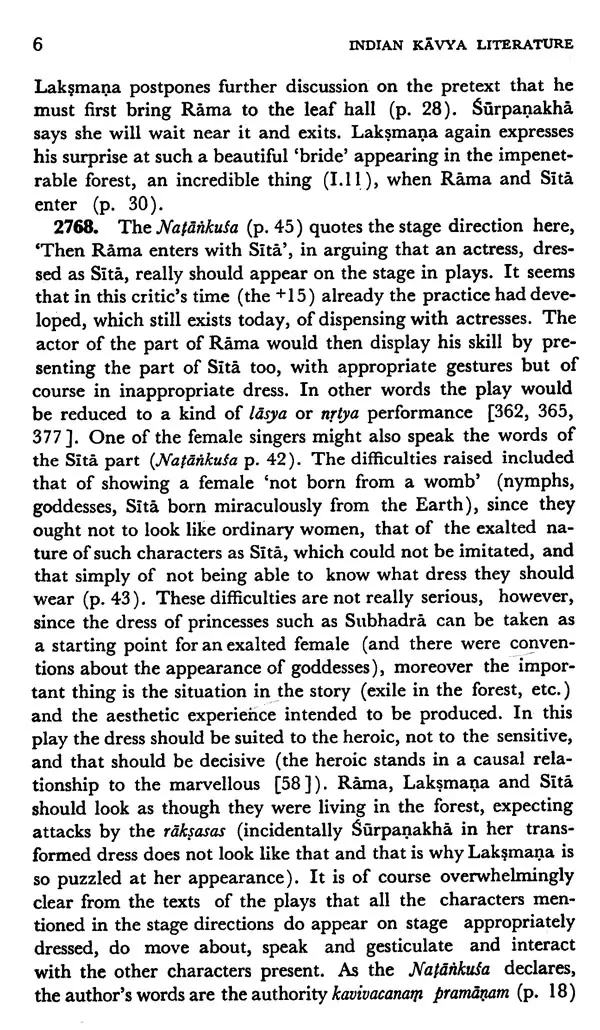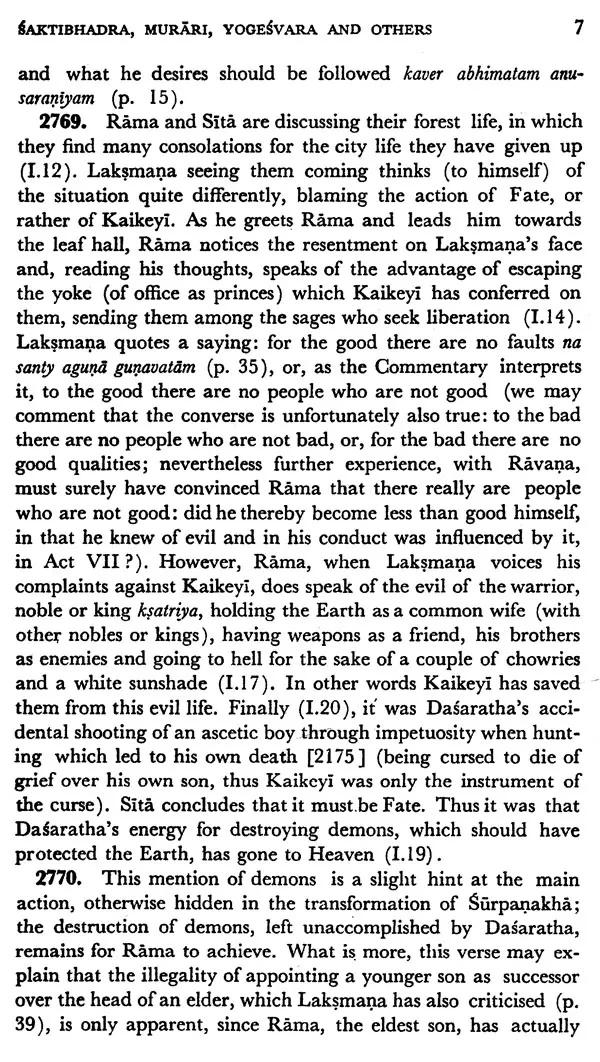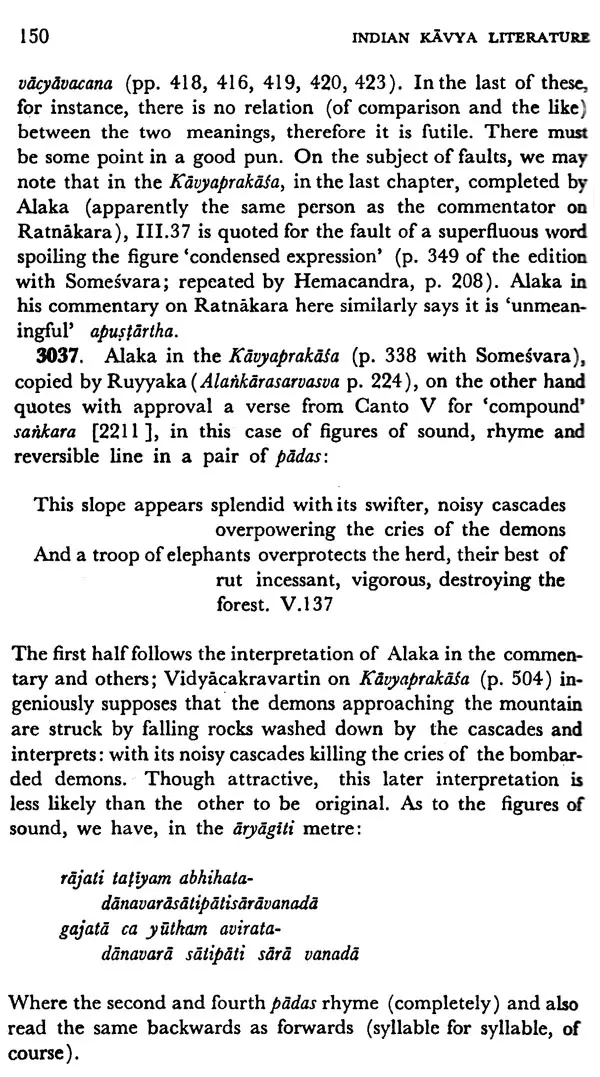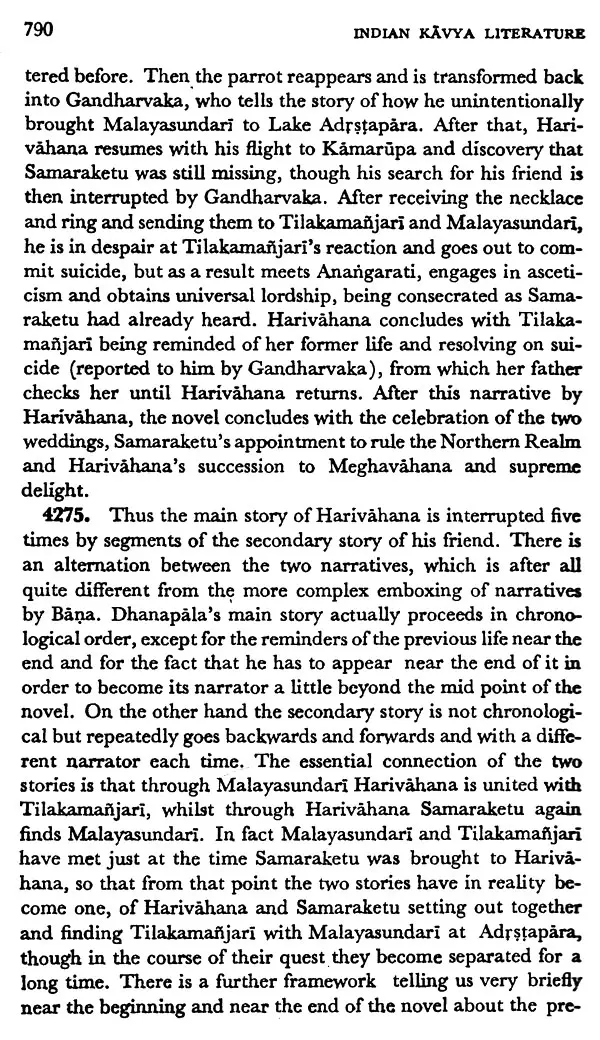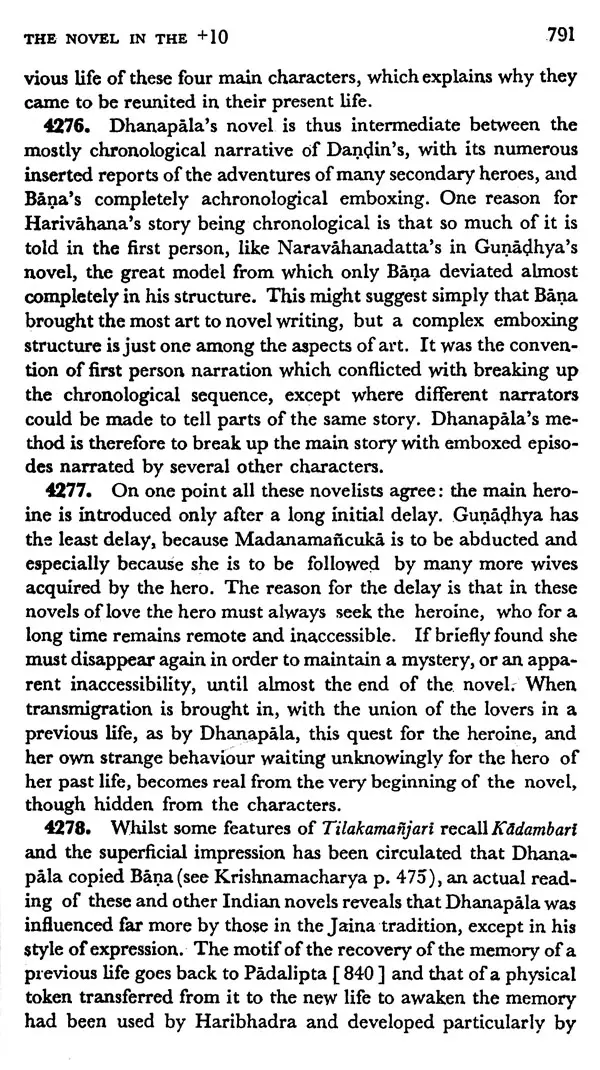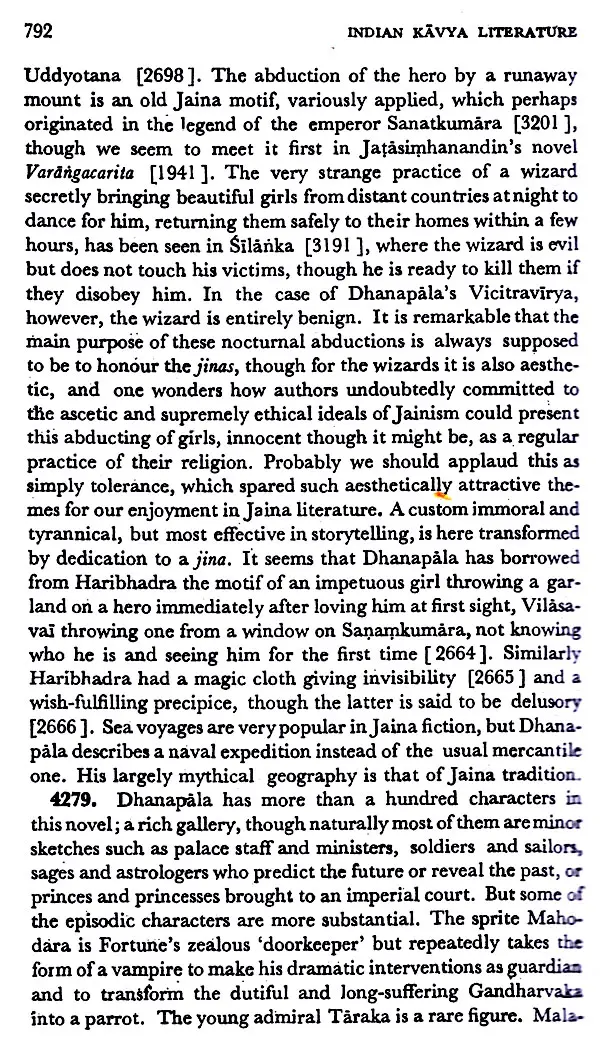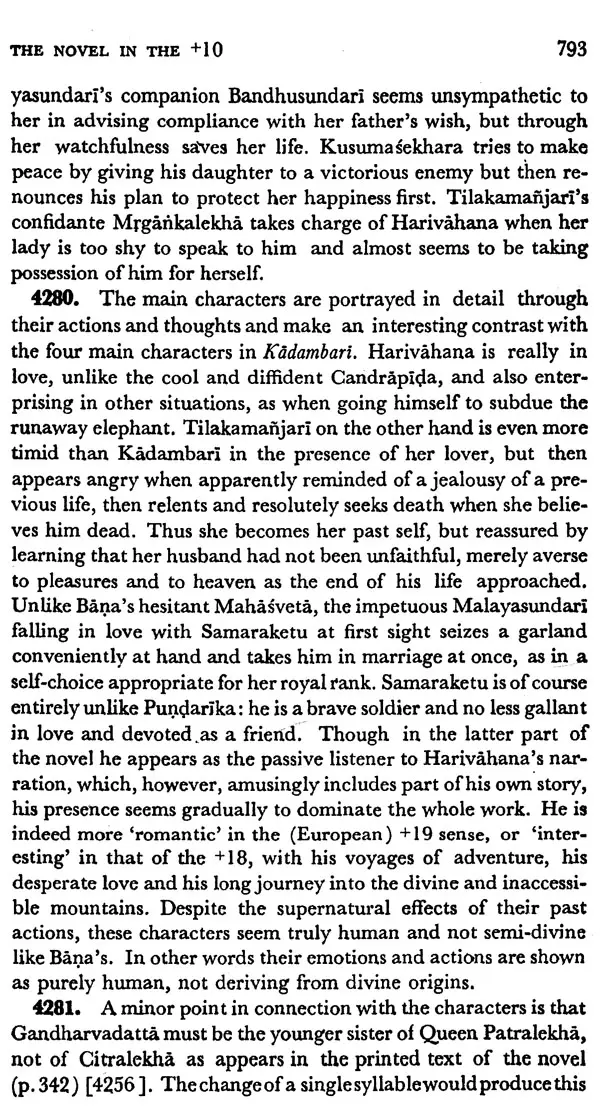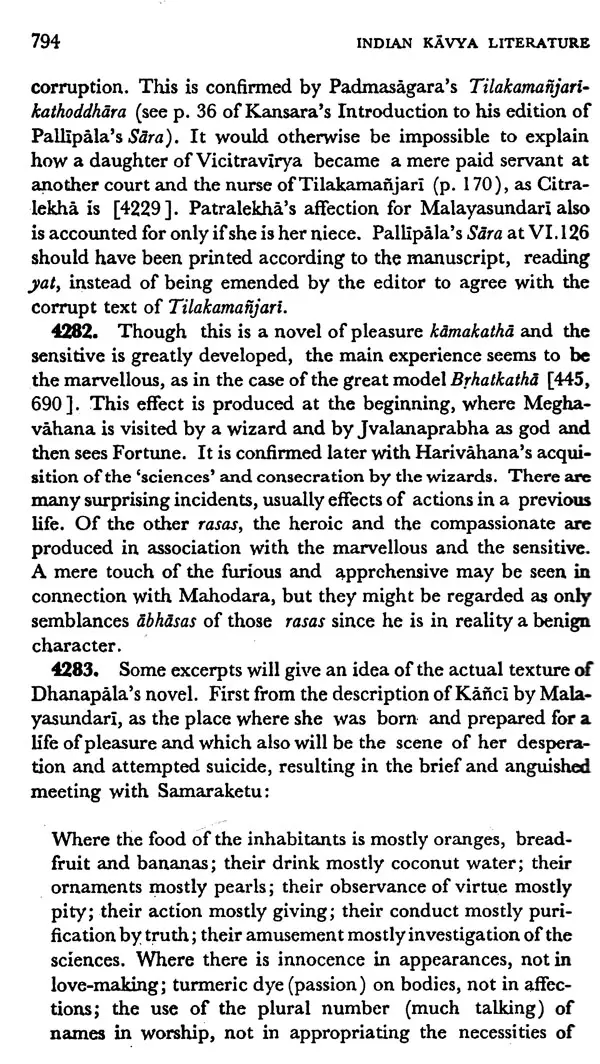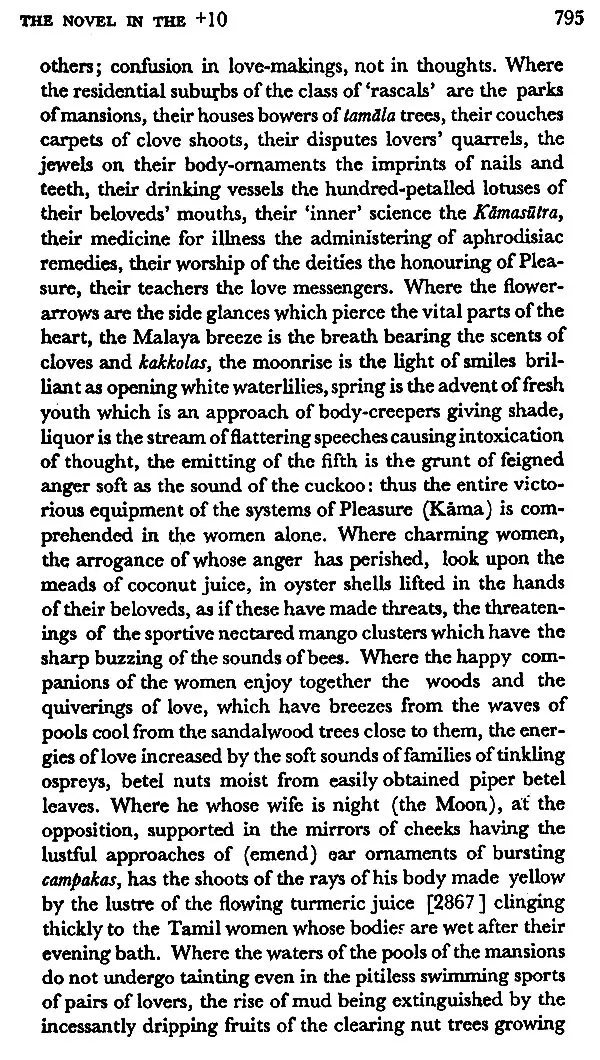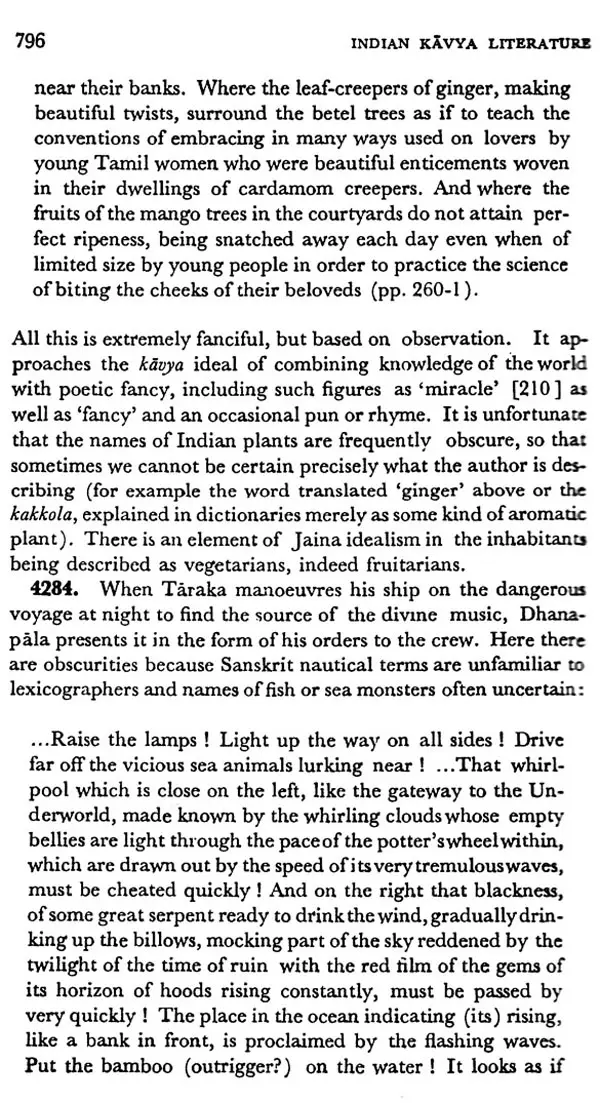
Indian Kavya Literature : The Bold Style - Saktibhadra to Dhanapala (Volume-5)
Book Specification
| Item Code: | UAE565 |
| Author: | A. K. Warder |
| Publisher: | MOTILAL BANARSIDAS PUBLISHERS PVT.LTD |
| Language: | English |
| Edition: | 1988 |
| ISBN: | 9788120804500 |
| Pages: | 903 |
| Cover: | HARDCOVER |
| Other Details | 9.00 X 6.00 inch |
| Weight | 1.01 kg |
Book Description
In the ninth and tenth centuries the movement of boldness and originality, begun by Bina in the seventh and developed by Bhavabhuti in the eighth, explored further the possibilities of expression, of new subjects and of acting. Most of the authors we meet here aimed deliberately at bold expression, at what Kuntaka a little later identified as the 'beautiful' vicitra style distinguished from the more spontaneous 'delicate' sukumara. They relied on new content to support the freshness of their expressions. Thus Yogesvara presents the miseries and rare pleasures of peasants as well as the wilds of the Vindhya beyond their villages and claimed to follow the 'way' (style) of Bana, Bhavabhuti and others (2382). Vasukalpa [4074] claimed to practice boldness in speech pragalbhyam vacasi and thus to revive both Bina and Yogesvara, whilst 'opening the fragrance' of the speech of Rajasekhara [2457]. Rajasekhara's plays are full of originality in their matter, but everywhere he shows his preoccupation with 'expressions' uktis, which he also elaborated theoretically in his critical work [3581]. The greatest critics admired and explained these expressions and later authors praised the intellectual qualities of Rajasekhara's works [3583]. Bhallata also in his hundred 'citations of something else' satirising bureaucracy exemplifies the 'beautiful' style, according to Kuntaka [3337, 3342].
But beside these recognised followers of Bana's style we find a series of epic poets even more studied, but powerful and various, in expression: Abhinanda, Ratnakara, Sivasvamin and Buddha-ghosa in Sanskrit and Caturmukha, Svayambhu and Puspadanta in Apabhramsa. Though the presentation of emotion is remark-able in Abhinanda, Soddhala (+ I I ) holds that he is supreme in 'speech' ode rather than in meaning, no doubt because he follows the Ramayana closely, unlike Rajasekhara. With the 'charming' Ratnakara and the delightful Sivasvamin we are definitely on the gaudiya or 'beautiful' way, the one profuse, the other concentrated. Caturmukha created a new form of epic, the 'composition in sandhis' [3268] in which Svayambhu excelled in imagery and lively narrative whilst the serious, sometimes grim, Puspadanta is often more realistic in his details though strictly faithful to tradition.
The dramatists Saktibhadra, Kulasekhara and Ksemisvara are simpler in style, as befits expression effective in the theatre. Saktibhadra is bold in another way, showing violent actions and transformations on the stage, aiming at the marvellous experience. But in speech he is restrained. Kulasekhara and Ksemisvara present legends not available in earlier plays extant. But it is clear that they are truly original. Kulasekhara emulated the development of emotions demonstrated by Bhavabhuti, but in a more concise style and with much humour as well as surprises. He shows how the actual words of a character may be totally at variance with his real thoughts and wishes, which the actor should reveal to the audience by facial expressions. Ksetnisvara on the other hand is preoccupied with the evils of the pre-sent age, the reversals of fortune and the heroism of individuals, human not divine, who stand against them. The evils of the age are personified and appear al allegorical characters to torment and possess human beings. A new type of psychological drama results. Ksemisvara's expression is forceful, concise and completely subordinate to the action.
